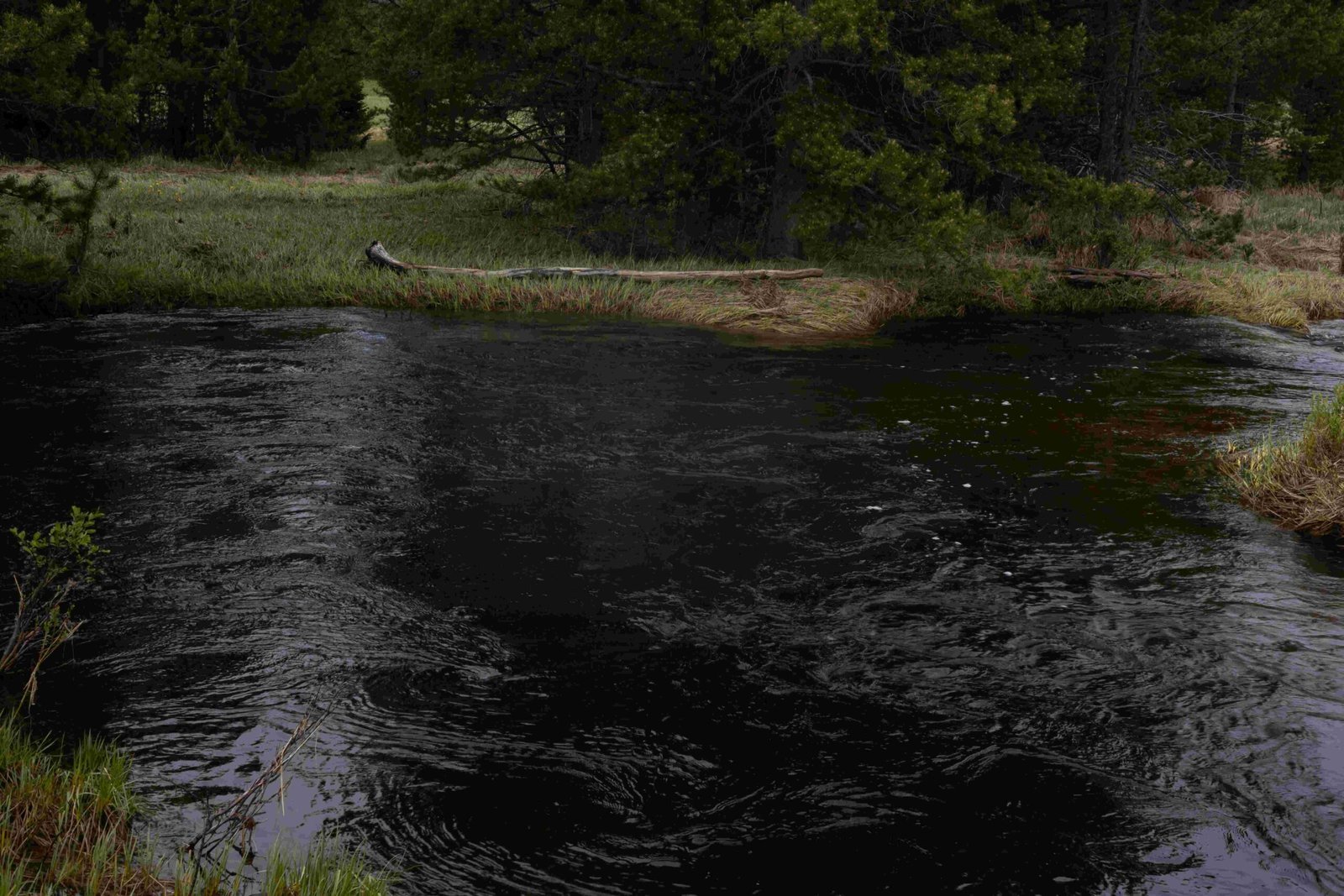Rocky Mountain National Park’s keystone species play a crucial role in shaping and maintaining the park’s diverse ecosystems. These species, including beavers, whitebark pine, limber pine, and American pika, have a disproportionate impact on their environment relative to their abundance. They modify habitats, support biodiversity, and serve as indicators of ecosystem health. Understanding these keystone species is vital for conservation efforts and maintaining the park’s ecological balance.
What Are the Primary Keystone Species in Rocky Mountain National Park?

Rocky Mountain National Park is home to several keystone species that play critical roles in shaping and maintaining the park’s ecosystems. These species include:
- Beavers
- Whitebark Pine
- Limber Pine
- American Pika
Beavers: Nature’s Engineers
Beavers are often referred to as “nature’s engineers” due to their significant impact on the landscape. Their dam-building activities create and expand wetlands, altering the hydrology and supporting a diverse array of aquatic and terrestrial species.
Key Facts:
– Approximately 15-20 active beaver colonies in the park
– Population has remained low over the past 10-20 years
– Create ponds, streams, and wetlands that support various species
Whitebark Pine: High-Altitude Ecosystem Supporter
Whitebark pine is a keystone species in upper subalpine forests, providing essential seeds for various animals, including the Clark’s nutcracker.
Key Facts:
– Mortality rates exceed 90% in some areas due to white pine blister rust
– Critical food source for wildlife
– Important for post-fire forest regeneration
Limber Pine: Clark’s Nutcracker’s Partner
Similar to whitebark pine, limber pine has a mutualistic relationship with the Clark’s nutcracker, providing seeds that help the bird survive winter.
Key Facts:
– Provides essential food for Clark’s nutcracker
– Nutcracker’s seed caching aids in pine germination and spread
– Important for forest regeneration after fires
American Pika: Alpine Tundra Indicator
While not exclusively a keystone species, the American pika is an important indicator species in the alpine tundra, reflecting the health of the ecosystem.
Key Facts:
– Key part of the alpine tundra food web
– Sensitive to climate change
– Important prey species for predators in the alpine ecosystem
How Do These Keystone Species Impact the Ecosystem?

The keystone species in Rocky Mountain National Park have far-reaching effects on their ecosystems through various mechanisms:
Habitat Modifications
- Beavers:
- Create wetlands, ponds, and streams
- Alter landscape hydrology
-
Support diverse aquatic and terrestrial species
-
Whitebark and Limber Pines:
- Act as postfire successional species
- Aid in forest regeneration
- Provide habitat for various wildlife species
Species Interactions
- Beavers:
- Support aquatic species like fish and amphibians
-
Create habitats beneficial for birds and mammals
-
Whitebark and Limber Pines:
- Mutualistic relationship with Clark’s nutcracker
-
Provide food for various bird and mammal species
-
American Pika:
- Serves as prey for predators in the alpine ecosystem
- Indicator of alpine tundra health
Biodiversity Effects
The presence of these keystone species maintains biodiversity by:
– Supporting complex food webs
– Creating diverse habitats
– Providing essential resources for other species
What Conservation Efforts Are in Place for These Keystone Species?
Several conservation programs focus on protecting and studying the keystone species in Rocky Mountain National Park:
Rocky Mountain Wild’s Key Species Program
This program aims to protect keystone and umbrella species, including:
– Greater sage-grouse
– Boreal toad
– American Pika
– Graham’s penstemon
The program safeguards over two dozen plant and animal species, although specific funding amounts are not provided.
National Park Service Conservation Efforts
The NPS is involved in research and conservation of beavers, including:
– Studies on population decline
– Habitat modification research
– Monitoring of active colonies
Conservation Challenges
- Habitat loss
- Diseases (e.g., tularemia in beavers, white pine blister rust in pines)
- Climate change impacts
How Can Visitors Observe and Learn About These Keystone Species?
Rocky Mountain National Park offers various opportunities for visitors to observe and learn about keystone species:
Educational Programs and Guided Tours
- Visitor center programs
- Ranger-led hikes
- Educational resources on park website
Hiking Trails and Observation Areas
Numerous hiking trails allow visitors to observe keystone species in their natural habitats. Visitors should check the park’s official website for trail information and access details.
Visitor Guidelines
To protect the park’s ecosystems and keystone species, visitors should:
– Avoid feeding wildlife
– Stay on designated trails
– Respect natural habitats
– Follow park regulations
By understanding and appreciating the role of keystone species in Rocky Mountain National Park, visitors can contribute to conservation efforts and help maintain the park’s ecological balance for future generations.

